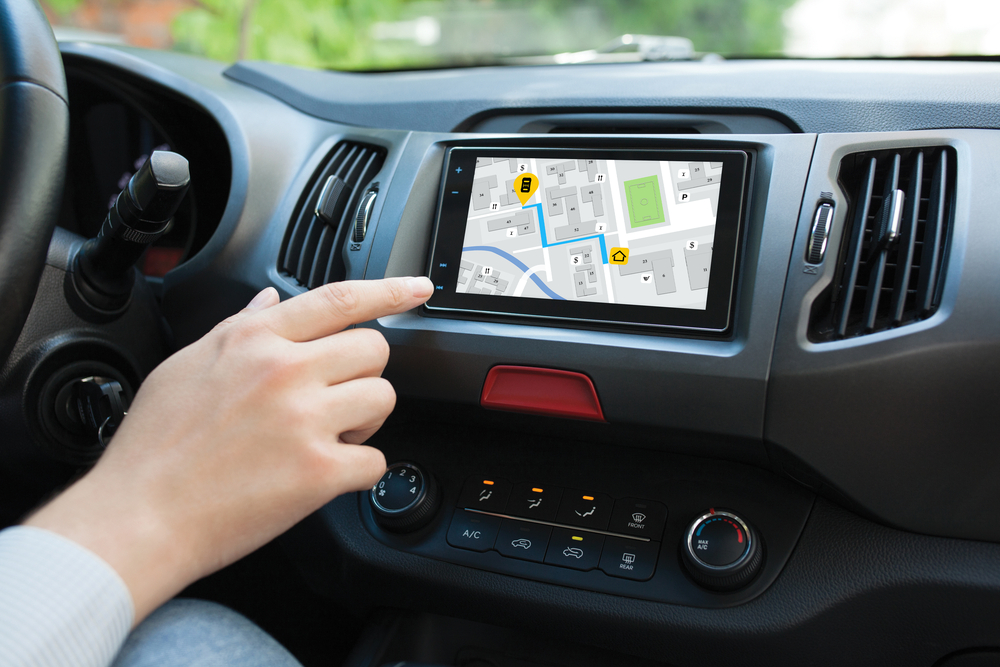

Keep reading to see what the newest features are, as well as six lesser-known features we recommend trying to help make it easier to arrive at your destination. The latest update will be more useful in providing you with the best route to take while traveling on a bicycle, and also can alert you when a friend or relative arrives at a location safely.
:max_bytes(150000):strip_icc()/003_1616683-5b96f25ac9e77c002c059431.jpg)
It’s ambient information.Google Maps added several new features to its app that you'll be able to use in the coming weeks on iOS and Android. It doesn’t scream “DATA SCIENCE!” into the user’s face. But even the range alone provides so much more information than a single value, enabling much better decisions while barely adding complexity to the UI. Sure, as a statistician I would love to see the entire distribution of historical trips this estimate is based on, or at least know which quantiles of the forecast distribution are displayed here. But even this simple interval let’s me take a decision that fits my risk profile: If I’m about to embark on a date, I will leave according to the upper end of the interval to decrease the chances of arriving to late. That’s fantastic! Public transport travel times are very predictable with sometimes unpredictable fluctuations, whereas travel by car warrants an interval with its constantly evolving traffic.Ī point estimate will always be wrong. 1 In contrast to the public transport interface, however, the car view displays uncertainty in the estimated ride duration due to ever changing traffic conditions during Berlin’s rush hour.

Perhaps naturally, you can ask for a suggested departure time when taking the car. Google Maps would then suggest public transport connections that are scheduled to bring you there in time. Given a user’s intended arrival time, Google Maps Directions shows a range of estimated travel times for the suggested routes.įor example, I knew that you can provide a time at which you would like to arrive at your destination.


 0 kommentar(er)
0 kommentar(er)
